A 'Lesser' Remedy
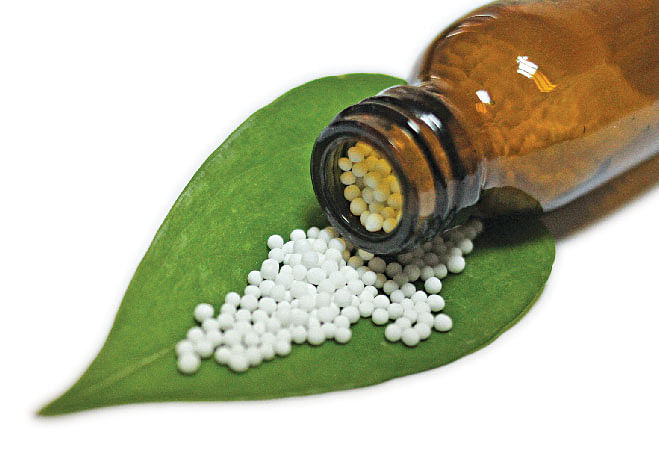
Throughout the flu season, a homeopathic preparation with the mystical Latin name Oscillococcinum flies off pharmacy shelves all over Europe – $681 million worth sold by Boiron, its French manufacturer, in 2011 alone. Its active ingredient is the extract of the liver and heart of the wild duck and only one bird is needed to make a full year's global supply of these duck 'Tic-Tacs'. In 2008, under a government initiative, 2.5 million people were treated with a homeopathic remedy to prevent swamp fever, also known as leptospirosis which is a common problem in Cuba. Americans spent $2.9 billion on homeopathic medicines and $170 million on visits to homeopathic practitioners, according to a survey in 2007. And “According to WHO, 69 percent of the population of Bangladesh seek homeopathic treatment,” says Akter Jahan Mily, Principal, Government Homeopathic Medical College and Hospital. “It's inexpensive and it works. All drugs are regulated by the Directorate General of Drug Administration. ”
Skeptics, however, say the principles of homeopathy run contrary to modern science and have never been empirically established.
Don't be so quick to rush to judgment.
For all the advances of science and for all the hopes of ailing humans today, the pharmaceutical industry that dictates what our medical faith should be has not yet found a cure for conditions as simple as cold and flu that actually works.
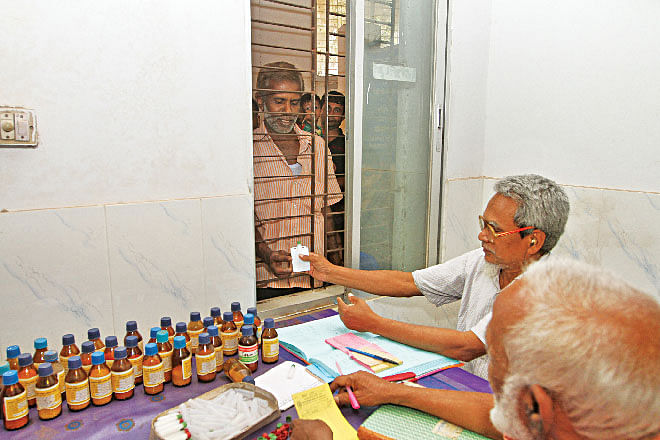
Homeopathy was invented by Samuel Christian Hahnemann (1755-1843), a German physician who took a small amount of cinchona bark, which contains quinine, the drug used to treat malaria, and developed the symptoms of malaria. From this observation he developed homeopathy's first law, “similia similibus curentur,” or let likes be cured by likes. In other words, drugs which cause specific symptoms can be used to cure diseases which cause the same symptoms.
Another principle which Hahnemann developed later is thought of as the primary characteristic of homeopathy today. The law of infinitesimal doses states that when drugs are diluted in either water or alcohol, they actually increase in therapeutic potency. Between each dilution the substance is violently shaken, which is thought to be necessary to activate the properties of the drug.
Homeopaths today use dilutions of substances which essentially remove all traces of the substance from the final dilution. There is not likely to be even a single molecule of the original drug in the final remedy which is given to the patient.
How then does it work?
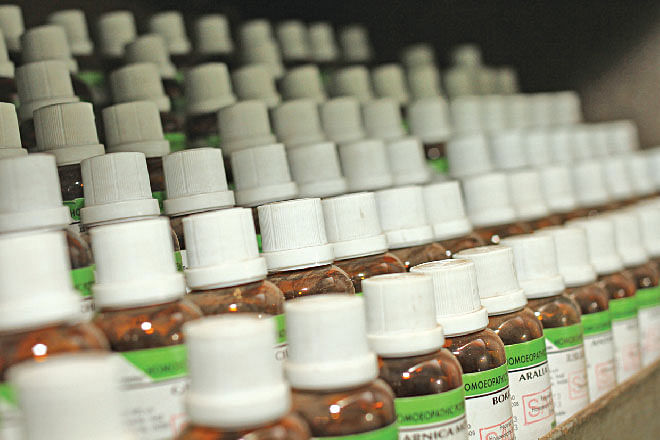
“Based on the ratio of the ingredient to ethyl alcohol or sugar of milk, there are three ways of preparing the medicine: decimal (1:9), centesimal (1:99), and 50 millesimal (1:50000),” says Dr Bozlul Hasan, Vice Principal, Bangladesh Homeopathic Medical College and Hospital, Dhaka. “1:9 indicates there is one part ingredient and 9 parts ethyl alcohol or sugar of milk, and so on and so forth. At this rate there is no original ingredient left in the final medicine. The more it is diluted, the more potent is the medicine. That's why we prefer the term potentisation.”
Skeptics deride both that claim and the principle behind it. But Dr Hasan makes a convincing argument. “Suppose someone has a wart and we give him a medicine of 200 potency. It takes a long time to work. But when we give him a medicine of 1000 potency which does not have any molecule of the original ingredient, the wart disappears much sooner.”
So what are these homeopathic remedies made of and how are they different from Ayurvedic and Unani treatment?
Dr Saleha Khatun, Principal of the institution says, “The most common sources are flowers, plants, roots, trees, poisons, metals and certain insects. While some drugs are made locally, most are imported from Germany, Switzerland, India and Pakistan. Homeopathy believes in treating the patient not the disease. A person's illness is an overall syndrome, of which disease is but a part. And disease is rarely localised to one part of the person.”
According to its practitioners, the goal of homeopathy is to find the “totality of symptoms,” They accomplish this goal by taking a “homeopathic history” which includes questions such as: if someone in your family had similar symptomps, do you feel sad when you hear piano music, or do you have a chilly personality? This information is combined with the patient's symptoms and their physical “constitution,” which may depend on such facts as hair colour. The homeopath then decides on the remedy that will treat the patient's “totality.”
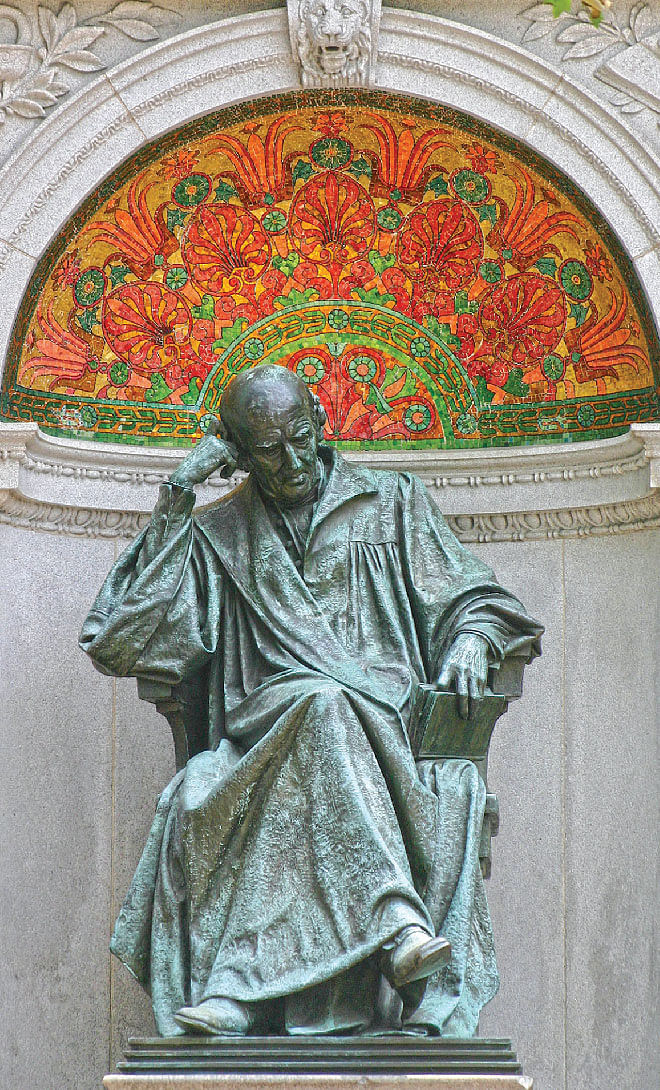
Despite the assaults of established medical practice for over 100 years, many believe homeopathy has a reliable approach to ailments and it has long had powerful supporters. King George VI (1895–1952) helped to ensure that homeopathy would be part of Britain's National Health Service. Prince Charles, his grandson and heir to the British Throne is an ardent fan. Royal Copeland, a US senator and homeopath, saw to it that the Food, Drug and Cosmetic Act of 1938 authorised homeopathic products. At some army hospitals in the US, many soldiers and officers have tried homeopathy and prefer it to any other. Interestingly enough, most eminent homoeopathic physicians were educated in allopathic schools in the US.
Why then such hostility toward this method of treatment that no one has been able to prove to be harmful to anyone? You haven't heard of anyone dying from homeopathic remedies, have you?
“I have often thought that one of the less attractive traits of various professional bodies and institutions is the deeply ingrained suspicion and outright hostility which can exist towards anything unorthodox or unconventional,” Charles said in an address to the British Medical Association in December 1982. “I would suggest that the whole imposing edifice of modern medicine, for all its breathtaking successes, is like the celebrated Tower of Pisa, slightly off balance.”
Charles's faith in alternative medicine is grounded in the teachings of the Swiss psychiatrist Carl Jung and German philosopher Kurt Hahn, which adhere to ancient healing processes emphasising the treatment of the patient as a whole. And that's the cardinal principle of Homeopathy.
But you don't really need the royal approval to see its efficacy. Enamul Kabir, 55, a businessman from Dhaka, has sought nothing but homeopathic remedies for the last 20 years for his entire family. “Whenever someone in my family has an ailment like fever, arthritis, stomach problem or anything for that matter, we take homeopathic medicines. I always recommend it to others.”
Examples like this are aplenty.
Dr Md Faroque Hossain, a joint secretary to the government who is also registered as a homeopath says, “In 2012 a big tumor developed in my neck. I went to see a doctor of the CMH at his chamber and he suggested surgery. I was scared. I wanted to give homeopathy a try. I consulted with Dr Mohammad Nasiruddin who is an Associate Professor at Bangladesh Homeopathic Medical College and Hospital, Dhaka. He listened to me patiently and we decided that Bromium would be the right medicine for me. Within six months the tumor disappeared.”
Well, if it works so well why hasn't it gained the respectable status it deserves in this country?
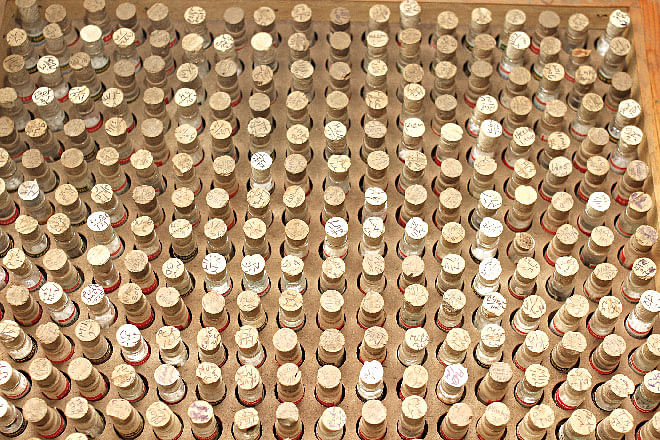
Jahangir Alam, registrar, Bangladesh Homeopathic Board says, “If we want to realise the Millennium Development Goal of “health for all” we must promote homeopathy education. At least 30 percent of the national health budget should be allocated to the development of homeopathy education. Under the Board, there are 50 private colleges which is the driving force of homeopathic education in this country. Government allocates Taka two and a half crore annually to these colleges. But at least Taka 30 crore is needed. The teachers and staff should be enlisted in the MPO (Monthly Pay Order). There are 28,000 registered homeopathic doctors in the country. Jobs should be created for them. Doctors should have access to higher degrees, training and research facilities. We have a lot to learn from India where homeopaths enjoy the same status and benefits as MBBS doctors. ”
The government seems to realise that homeopathy has the scope of reaching a large number of people who may not have access to expensive medical care. They have, under the Ministry of Health and Family Welfare, undertaken a project called Alternative Medical Care (AMC) that promotes and monitors Homeopathic, Ayurvedic and Unani treatment in Bangladesh. While homeopaths acknowledge the goodwill of the government, they however do not appreciate being put under the category of “Alternative Medical Care”. “We want homeopathy to be recognised as mainstream medical science,” asserts Dr Akter Jahan Mily.
Dinesh Sutradhar, director, AMC, says, “Homeopathy is cost effective and has less or no side effects. In order to promote AMC, in 64 districts we have raised herbal gardens where herbal assistants educate people on the benefits of medicinal plants and herbs. The government has employed alternative medical officers in 45 districts. But we need to do more.”
According to Dr Ashis Shankar Neogi, member of Bangladesh Homeopathic Board, homeopathic doctors have been employed in 15 upazilla sadar hospitals since 2011. The process of employing 100 more homeopaths is under way. Dr Shamsunnahar, a medical officer in Kishoreganj Sadar Hospital says, “Initially I was sort of looked down on by my colleagues. After completing BHMS, I pursued a post-graduate diploma in Health Economics and then a Masters in Health Economics. Now that I have given proof of my credentials, I am treated equally. I see 150-160 patients daily.”
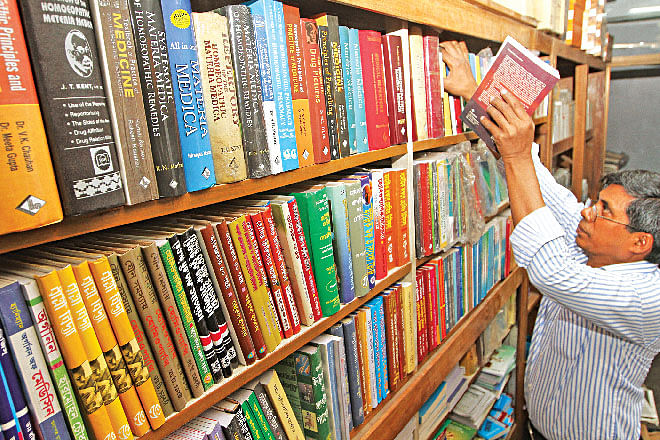
Contrary to popular belief, many homeopaths have an impressive knowledge about the medical sciences, thanks to a solid education that requires students to study anatomy, physiology, surgery and other basic medical courses. For example, Bangladesh Homeopathic Medical College and Hospital, Dhaka offers two degrees: DHMS, a diploma under the Board and BHMS, a 5-year degree (plus 1-year internship) under the University of Dhaka. “The requirements for admission into BHMS are the same as MBBS,” says Dr Saleha Khatun, the Principal. “It's a highly competitive test which is conducted by the Faculty of Pharmacy of DU.”
Accordingly, students are recommended books written in English that are taught in developed countries, adds Dr Mohammad Nasiruddin. “And I find it amazing that our students are eager to learn and actually buy a lot of books some of which are expensive. For example, Synthesis Repertory 9.1 by Frederik Schroyens, MD costs Taka 3,800. Instead of making photocopies, our students buy it because they know they are going to need it long after they graduate.”
At least a third of the two thousand or so students at the Bangladesh Homeopathic College and Hospital are females. Umma Hafsa Ashraf, a first year BHMS student wants to treat patients in rural areas. In her voice it's not hard to get a sense of the devotion you expect to see in someone who heals. Her classmates gather around while she talks to us. They are inquisitive. They seem to be following the same footsteps as Hahnemann's by exercising the same industry, the same liberality, and the same devotion to science, seek to bring relief to the suffering humanity.
While it may be debatable how exactly the science they are studying works, it's worth remembering what James Tyler Kent MD (1849–1916), US physician and a forefather of modern homeopathy wrote in Lesser Writings. “While Homeopathy itself is a perfect science, its truth is only partially known. The truth itself relates to the Divine, the knowledge relates to man.”

 For all latest news, follow The Daily Star's Google News channel.
For all latest news, follow The Daily Star's Google News channel. 



Comments